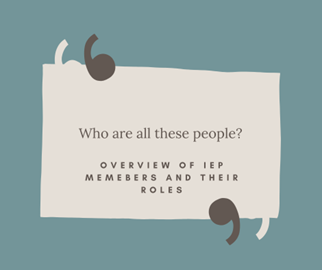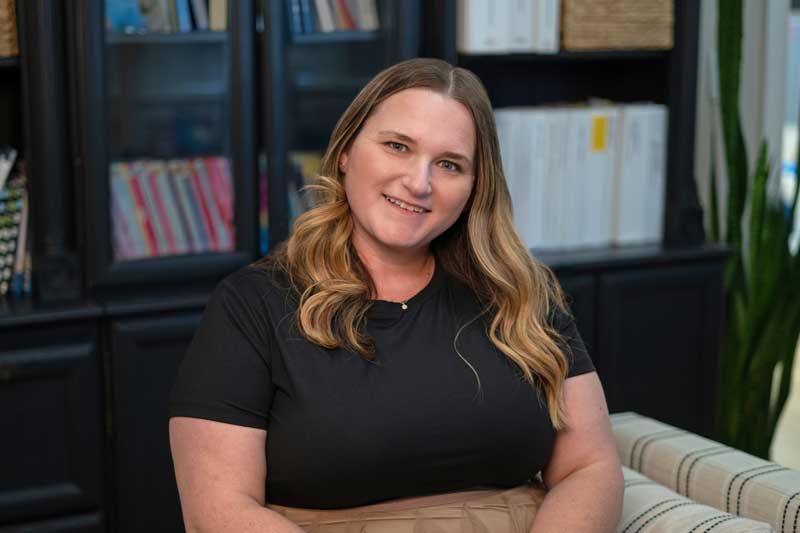
In the realm of special education, Individualized Education Programs (IEPs) play a vital role in providing tailored educational services to students with disabilities. Central to the IEP process is the formation of an IEP team, a collaborative group of professionals, educators, and parents who work together to develop, implement, and review the individualized plan. Let’s talk about the composition of the IEP team and explore the distinct roles and responsibilities of its members in ensuring the best possible outcomes for students.
1. Parents or Guardians: The Child’s Strongest Advocates
Parents (or legal guardians) are equal partners in the IEP process. Their firsthand knowledge of their child’s strengths, challenges, and aspirations makes them indispensable contributors. Parents collaborate with the team to identify meaningful goals and ensure their child’s rights and needs remain at the forefront.
👉 Why it matters: Parents are not just participants—they are advocates and decision-makers who ensure the plan reflects their child’s unique journey.
2. General Education Teacher: Bringing Classroom Perspective
A general education teacher, typically one who works directly with the student, provides valuable insights into classroom dynamics, curriculum, and social interactions. They help identify accommodations or modifications that can support the student’s success in a general education setting.
👉 Why it matters: Their perspective ensures the IEP is grounded in the real-world learning environment of the student’s daily school life.
3. Special Education Teacher: Expert in Individualized Learning
Special education teachers bring specialized expertise in designing instructional strategies for students with disabilities. They help assess learning needs, create tailored goals, and guide the implementation of services outlined in the IEP.
👉 Why it matters: Their role ensures that instruction and supports align with the student’s unique needs and abilities.
4. School Administrator: Ensuring Resources and Compliance
A school administrator—such as a principal or vice principal—may join the IEP team to support implementation. They help allocate resources, oversee program compliance, and coordinate efforts among staff to ensure the student’s educational journey is supported.
👉 Why it matters: Administrators bridge the gap between policy and practice, ensuring the plan is both realistic and legally sound.
5. Specialized Service Providers: Meeting Targeted Needs
Depending on the child’s needs, the team may include professionals such as speech-language pathologists, occupational or physical therapists, school psychologists, or counselors. These specialists provide therapies and interventions that address specific developmental or academic challenges.
👉 Why it matters: Their targeted expertise helps the student make progress in areas critical to growth and independence.
6. The Student: Encouraged Voice and Self-Advocate
When appropriate, students are invited to participate in their IEP meetings—especially as they grow older and prepare for transitions. By voicing their strengths, goals, and preferences, students gain ownership of their educational path.
👉 Why it matters: Student participation fosters independence, self-advocacy, and empowerment.
7. IEP Advocate: Guiding Families Through the Process
An IEP advocate offers knowledgeable support to families navigating the complex IEP process. Advocates ensure that student needs are clearly communicated, family concerns are addressed, and the entire team works toward shared educational goals.
👉 Why it matters: Advocates help families feel supported, understood, and empowered to secure the best outcomes for their child.
The Power of Collaboration in the IEP Team
The IEP team is more than a group of professionals—it is a collaborative partnership dedicated to the child’s growth and success. By combining diverse expertise with the family’s intimate knowledge of their child, the team creates a personalized, student-centered plan that promotes progress and independence.
Together, these partnerships ensure that students with disabilities are not only supported but also empowered to reach their full potential.
